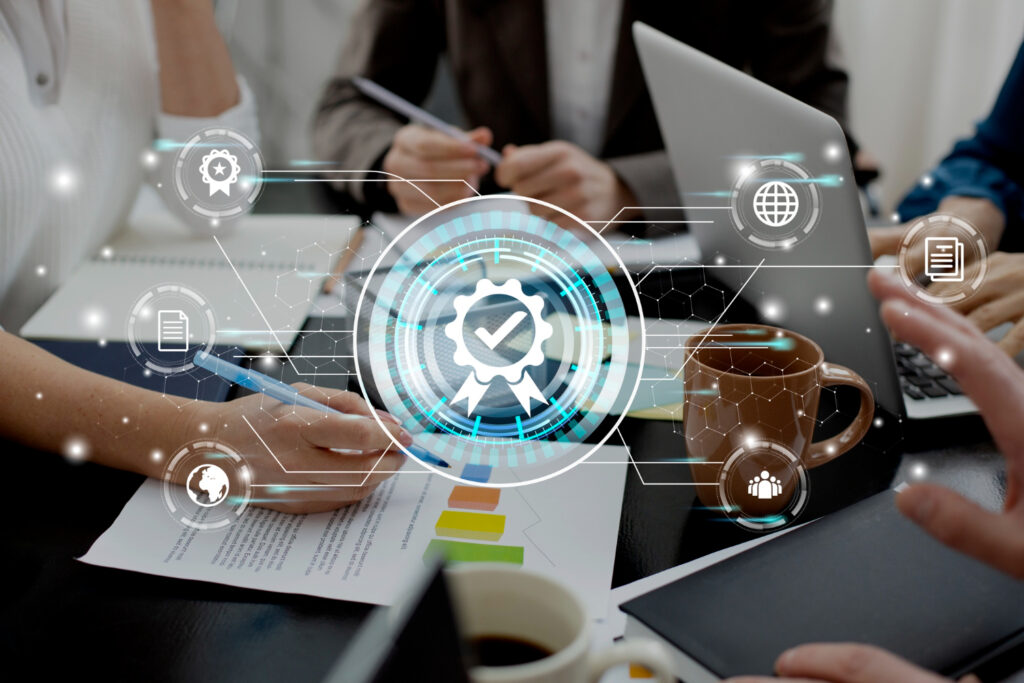Innovación en Nuevo León y el mundo
Sexta Edición
AIOps: The convergence of AI and Automation to Future-proof IT Operations
Autor: Natalia Kalife Dieck | Softtek
As application stacks grow in complexity, companies face numerous challenges, including difficulty maintaining operational efficiency, ensuring resiliency, and business continuity. There is a confluence of factors that generate observability challenges, such as dealing with unexpected failures and rapidly responding to prevent a negative impact on the user experience (UX) and the bottom line.
Through the combinatorial power of AI and hyperautomation, organizations can optimize processes, save costs, and reduce wasted time and resources. The term AIOps, coined by Gartner, is short for Artificial Intelligence for IT Operations. It combines machine learning (ML), big data, advanced analytics, real-time and historical data, and automation to complete IT processes such as anomaly detection and root cause analysis (RCA). AIOps can significantly reduce manual effort, break down data silos, and automate monotonous and repetitive tasks prone to human error. For instance, automatic anomaly detection enables IT teams to identify anomalous behavior before an outage occurs.

Over the last years—2020, 2021, and 2022—Gartner placed hyperautomation as one of their top tech trends in their annual report. This year, 2023, they’ve combined hyperautomation with decision intelligence in one trend: applied observability. The underlying assumption is that by 2026, 70% of companies that successfully apply observability will gain a competitive advantage and reduce latency for decision-making (Gartner, 2023).
En el marco de la alianza con el Tec de Monterrey se han desarrollado diversos eventos como los “INC Talks” que son charlas especializadas que están dirigidas a los emprendedores y que promueven las últimas novedades relacionadas con la innovación, la tecnología y la sustentabilidad. Dichas charlas son presentadas por expertos de Daikin, así como de las diversas industrias, entidades gubernamentales, instituciones, ONG´s y especialistas que convergen con la industria de aire acondicionado.
AIOps platforms can collect inputs from multiple data types and sources, including log files, APM tools, metrics, and events. By aggregating this data, algorithms can identify patterns, anomalies, and correlations, generating actionable insights. Also, through historical-data, models can identify usage patterns and trends, enabling them to act in real time. Further, deep learning models can considerably increase accuracy, reduce noise, and generate a more dynamic understanding of behavior. In addition, an automated self-healing process can be triggered, drastically reducing mean time to resolution (MTTR). According to Forrester (2022), incident response efforts can be automated up to 70%, indicating a considerable improvement in visibility, efficiency, and accuracy.
Through AIOps, companies can future-proof their IT operations and leverage extensive benefits. These include business continuity, outage prevention, cost reduction, improved IT and business alignment, greater efficiency, and enriched data. The actionable insights allow proactive decision-taking and an improved user experience.
Additionally, as users demands and expectations continuously increase, application performance and service availability become critical. Research shows that 40% of users will abandon a website if it takes more than 3 seconds to load. Further, a 1-second delay in response time can reduce conversions by up to 7% (Akamai, 2017).
AIOps platforms can be transformational for monitoring, diagnosing, and troubleshooting. As mentioned, use cases range from anomaly detection to event correlation, intelligent alerting, noise reduction, and incident auto-remediation. AIOps is generating significant results for businesses across industries, growing at a CAGR of 28% (Forrester, 2022), prompting organizations to be strategic about its implementation. Looking ahead, emerging trends and use cases are making AIOps even more valuable for future-proofing IT operations.
Solicita información sobre nuestros servicios o los de nuestros asociados.
Envíanos tus datos y nos contactaremos contigo.

Dirección
- Miguel Hidalgo 02404 Pte. Col.Obispado Monterrey, N.L. CP. 64060
Correo electrónico
Certificaciones

